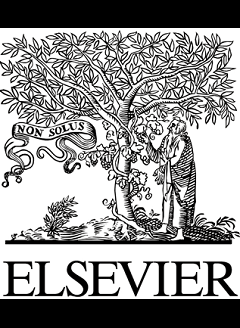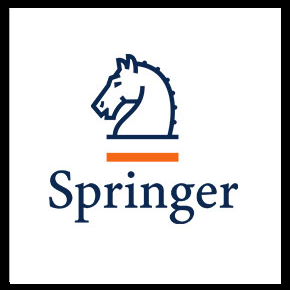دانلود رایگان مقاله تحول دیجیتال حسابرسی خارجی و تأثیر آن بر حاکمیت شرکتی – سال 2020


مشخصات مقاله:
عنوان فارسی مقاله:
تحول دیجیتال حسابرسی خارجی و تأثیر آن بر حاکمیت شرکتی
عنوان انگلیسی مقاله:
The digital transformation of external audit and its impact on corporate governance
کلمات کلیدی مقاله:
حسابرسی، دیجیتالی شدن، اطلاعات بزرگ، هوش مصنوعی، روند حسابرسی
کلمات کلیدی انگلیسی:
Audit – Digitalization – Big Data – Artificial Intelligence – Audit process
مناسب برای رشته های دانشگاهی زیر:
حسابداری
مناسب برای گرایش های دانشگاهی زیر:
حسابرسی
وضعیت مقاله انگلیسی و ترجمه:
مقاله انگلیسی را میتوانید به صورت رایگان با فرمت PDF با کلیک بر روی دکمه آبی، دانلود نمایید. برای ثبت سفارش ترجمه نیز روی دکلمه قرمز رنگ کلیک نمایید. سفارش ترجمه نیازمند زمان بوده و ترجمه این مقاله آماده نمیباشد و پس از اتمام ترجمه، فایل ورد تایپ شده قابل دانلود خواهد بود.
فهرست مطالب:
Abstract
Keywords
1. Introduction
2. Theoretical framework and literature review
2.1. The agency and stakeholder’s theories and audit
2.2. Digitalization of audit firms: towards a new audit role
2.3. Audit firm digitalization and the improvement of audit quality
2.4. The influence of digitalization on audit firms
3. Methodology
3.1. Sample presentation
3.2. Interview guide and data analysis
4. Results
4.1. Towards a more relevant audit with high added-value
4.1.1. Time saving and audit orientation towards high added-value tasks
4.1.2. The transition from a sampling method to a complete audit of data
4.2. Evolution of the audit offer and development of new services
4.2.1. Data mining
4.2.2. Data analytics
4.2.3. Cloud and cognitive technologies
4.3. Improvement of audit quality
4.3.1. Smart analysis
4.3.2. Real timing analysis
4.3.3. Regulations
4.4. Towards on new auditor’s profile and the incarnation of an innovation culture
4.4.1. Paradigm shift
4.4.2. Auditor’s profile
4.4.3. Culture of innovation
4.5. Audit process and corporate governance
4.5.1. From managers to board of directors
4.5.2. From board of directors to shareholders
4.5.3. From firm to creditors
5. Discussion/implications and contributions
5.1. Discussion/implications
5.2. Contribution
5.3. Limitation & future researches
References
قسمتی از مقاله انگلیسی:
1. Introduction
The literature on governance generally perceives the audit as a governance mechanism to avoid potential conflicts between shareholders and managers and to ensure the disclosure of reliable accounting information (Carcello et al., 2011). However, the quality of the audit must be ensured. Indeed, the financial scandals of the beginning of this decade such as Enron or Tyco (Yang et al., 2017), disseminated the doubt regarding the audit’ relevance and quality. Despite the new law on economic regulation (Sarbanes-Oxley act of 2002 in USA) which strengthened auditors’ controls, particularly through the PCAOB1 and the audit committees, audit quality remains the main concern of the stakeholders (Beisland et al., 2015; Hope et al., 2008; Francis and Wang, 2008). As a result, the audit must evolve for three basic reasons. First, because it is intended mainly by shareholders, that consider the audit as a service providing them with reasonable insurance. In fact, past results should reflect a faithful image of the firm and comply with regulatory requirements. Second, because the audit report prepared several months later the end of the fiscal year, is based on historical data. It does not bring any forward-looking elements. Finally, because the audit report is standardized, thus it does not meet the specific needs of its actual or potential users, to help future decision making. So, managers perceive audit as a cost and not necessary as an added value because reports most of the time don’t provide them with recommendations for identified issues on historical data. Digitalization has significantly impacted the labor market (Dengler and Matthes, 2018) and changed the way of doing business in all areas of activity including audit firms. A consensus regarding its impact on organization and on employees’ activities can be identified (Dumitru, 2016).




